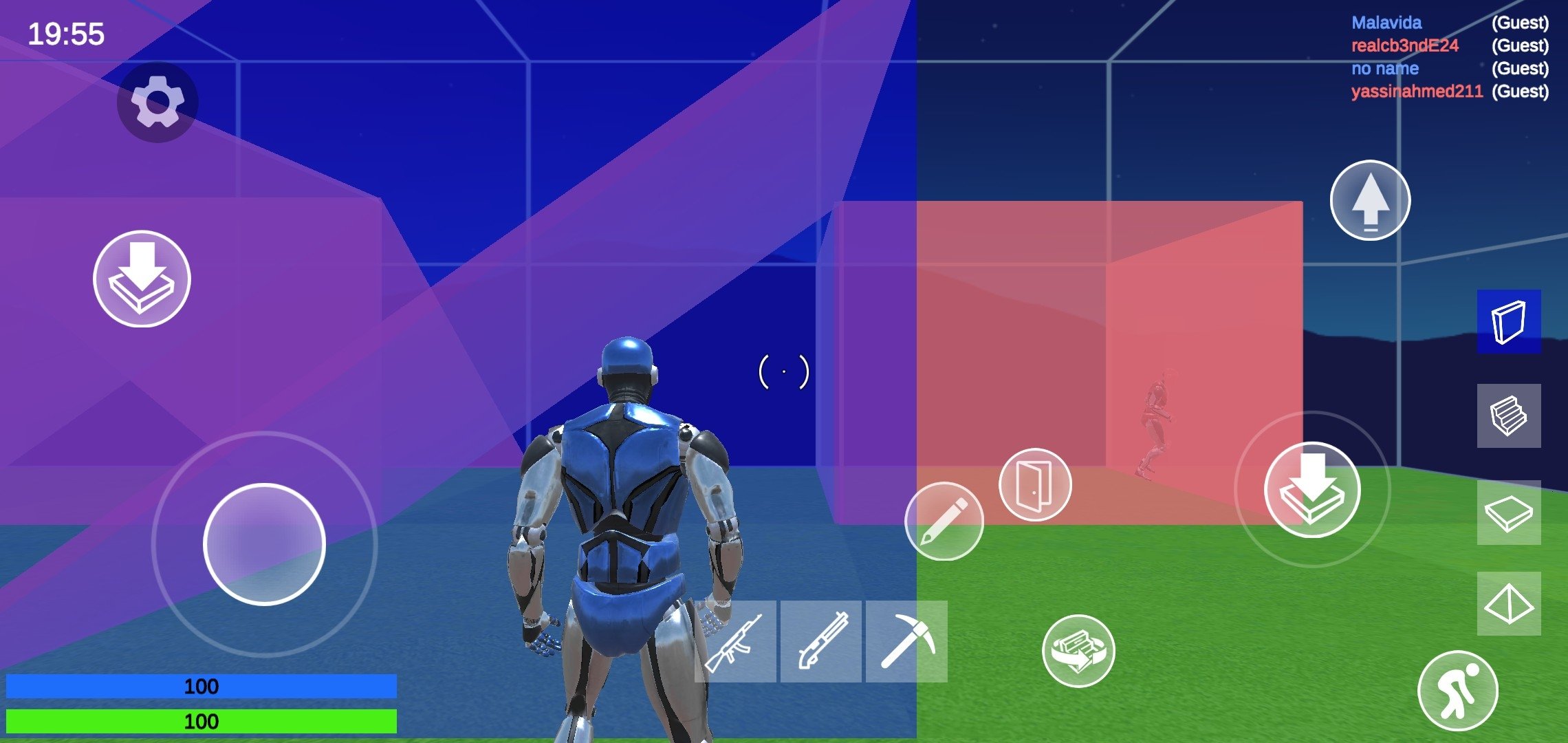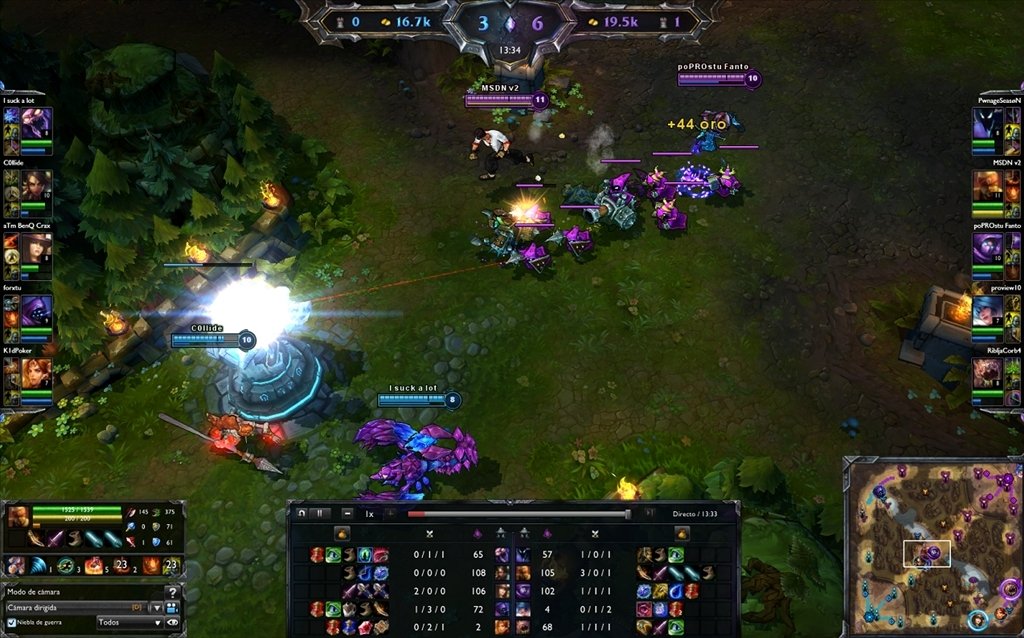

This will work on all future League of Legends updates as long as LoL doesn't change the location of their client's executable within its application package (unlikely). You only have to do this once.Įvery time you want to use League with Voice Chat enabled you must run League of Legends from my app LoL with Voice.app.

This will show a pop-up that asks you if you want to give LoL with Voice.app permission to use your Microphone, simply click Yes or Allow. Launch my app and go to Settings > Voice inside League of Legends.Ĭhoose the right microphone (most often it will be your internal mic, or your headphone's mic), click on the Microphone symbol to Test the sound. This is the default installation path, so you will probably not have to do anything here, go to step 2. Make sure you have League of Legends installed in this path: /Applications/League of Legends.app. It is possible that I will build a new fix for M1 Macs and later, but I have no way to try it since I have an intel based Mac still, consider donating ( ) so I can buy an M1 and keep providing free support for this fix in the future. If this is your case, I would highly recommend that you and your friends use Discord, since Discord is usually updated very quickly and bug-free on Macs and other operating systems (It's main business is chat and voice after all).

app executable instead of the official League of Legends launcher Pre-requisites: LoL with Voice.app Fix the Voice Chat issue on new MacOS releases with a simple.


 0 kommentar(er)
0 kommentar(er)
